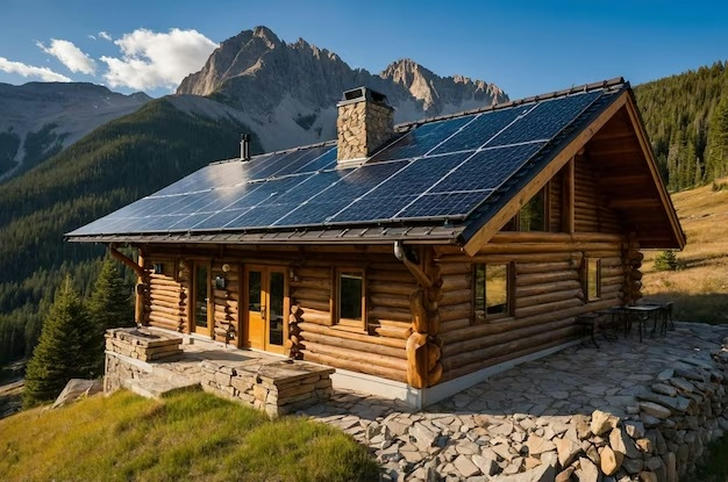Advanced Log Cabin Maintenance Beyond the Basics
Owning a log cabin is a rewarding experience, offering both a rustic charm and a deep connection to nature. However, traditional maintenance tips like sealing, staining, and pest prevention only scratch the surface of what’s required to keep a log home in peak condition for generations. In this guide, we’ll explore innovative maintenance strategies, modern solutions, and expert insights to ensure your cabin remains structurally sound and visually stunning for decades to come.
1. Intelligent Moisture Management: The Future of Log Cabin Preservation
The Problem: Trapped Moisture
Many log homes suffer from hidden moisture issues, which can lead to rot, mold, and structural weakening. While sealing is essential, over-sealing can sometimes trap moisture inside logs, accelerating decay instead of preventing it.
Innovative Solutions:
Smart Moisture Sensors–Devices like humidity monitors and infrared moisture detectors can identify problem areas before visible damage appears.
Breathable Sealants–Modern nano-coating sealants allow logs to repel water while still releasing internal moisture, reducing the risk of trapped humidity.
Dehumidification Strategies – Installing passive ventilation systems and using dehumidifiers in enclosed spaces like basements can help maintain optimal moisture levels.

2. Log Movement and Structural Adjustments
The Problem: Natural Log Settling
Unlike conventional homes, log cabins continuously settle and shift due to changes in temperature and humidity. This can cause gaps in chinking, misaligned windows and doors, and even structural imbalances over time.
Proactive Maintenance Techniques:
Adjustable Jack Posts–These support systems, commonly used in log homes, allow for seasonal height adjustments to accommodate log settling.
Floating Staircases & Trim–Installing staircases and moldings with floating designs allows the home to settle naturally without causing stress on fixed components.
Periodic Bolt Tightening–Some log homes use through-bolts to maintain structural integrity. Checking and adjusting these periodically ensures even settling.
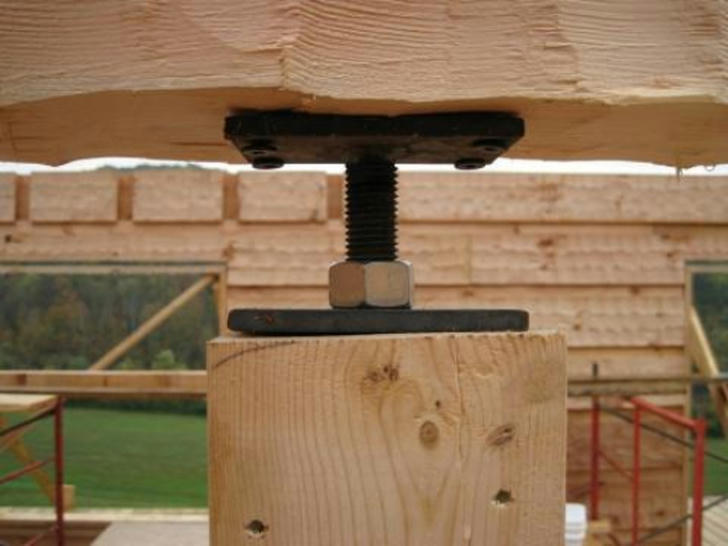
3. Fire Resistance: Upgrading Cabin Safety
The Problem: High Fire Risk
Log cabins, especially in forested areas, are at an increased risk of wildfire damage. While log walls are naturally more fire-resistant than standard wooden homes, other vulnerabilities exist.
Fireproofing Strategies:
Fire-Resistant Coatings–Applying flame-retardant treatments to logs can reduce fire spread.
Ember-Resistant Vent Covers–Small mesh vent covers prevent embers from entering attics and crawl spaces.
Defensible Space Landscaping–Keeping a 30-foot clearance around your cabin with fire-resistant plants and gravel barriers reduces ignition risks.
Real Example:
After the 2021 wildfires in California, the Henderson family applied a fire-resistant sealant to their cabin. When a wildfire passed through their area, their home survived with minimal damage, while untreated cabins nearby were destroyed.

4. Sustainable Maintenance: Eco-Friendly Log Cabin Care
The Problem: Traditional Treatments Can Be Harmful
Many conventional log treatments, stains, and pesticides contain harsh chemicals that can leach into the environment.
Sustainable Alternatives:
Eco-Friendly Wood Preservatives–Natural oils like tung oil and hemp oil provide water resistance without toxic chemicals.
Solar-Powered Ventilation–Reduces mold and mildew by keeping airflow consistent using sustainable energy.
Reclaimed Wood Repairs–hen replacing damaged logs, using reclaimed or locally sourced wood minimizes environmental impact.
Real Example:
A log home community in Oregon transitioned to all-natural wood treatments, significantly reducing toxic runoff into nearby lakes while maintaining their cabins’ durability.
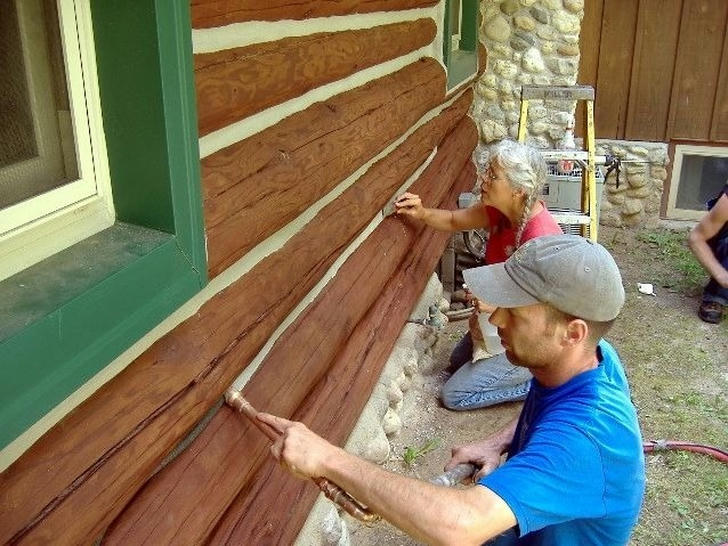
5. Smart Cabin Technology: Enhancing Maintenance with Modern Tools
The Problem: Remote Monitoring for Seasonal Cabins
Many cabin owners only visit their log homes seasonally, making it difficult to monitor maintenance issues year-round.
Tech-Savvy Solutions:
Wi-Fi-Connected Leak Sensors–Alerts owners to plumbing leaks or unexpected moisture buildup.
Remote Security Cameras–Helps monitor exterior conditions and detect storm damage.
Programmable Ventilation Systems–Automatically adjusts airflow to prevent condensation and mold growth.
Real Example:
The Johnsons, who own a vacation cabin in Minnesota, installed remote sensors and were alerted to a pipe burst during winter. They were able to call a plumber before extensive water damage occurred.
6. Log Cabin Roofing Innovations
The Problem: Traditional Roofing Can Fail Prematurely
Many log cabins use standard asphalt shingles, which have a limited lifespan and can struggle with snow loads, heavy rain, and extreme temperatures.
Better Roofing Options:
Metal Roofing–More durable and fire-resistant than shingles, ideal for snowy or wildfire-prone areas.
Green Roofs–Living plant-covered roofs provide insulation, reduce runoff, and blend naturally with surroundings.
Integrated Gutter Heating Systems–Prevents ice dams that can damage both the roof and logs.
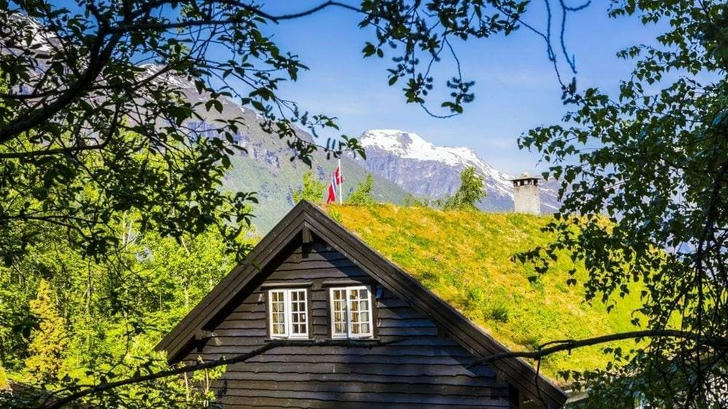
7. Chinking Upgrades: Advanced Insulation Techniques
The Problem: Energy Loss from Poor Chinking
Traditional chinking (the sealant between logs) can crack over time, leading to drafts, water leaks, and energy loss.
Improved Chinking Solutions:
Flexible Chinking Compounds–Modern synthetic chinking expands and contracts with logs, reducing cracking.
Reflective Insulation Additives–Certain chinking materials now include reflective properties to improve cabin energy efficiency.
Infrared Leak Detection–Homeowners can use infrared cameras to spot and repair weak insulation spots before they worsen.
Real Example:
The Carters upgraded their chinking with a flexible, reflective formula, reducing their winter heating costs by 30%.
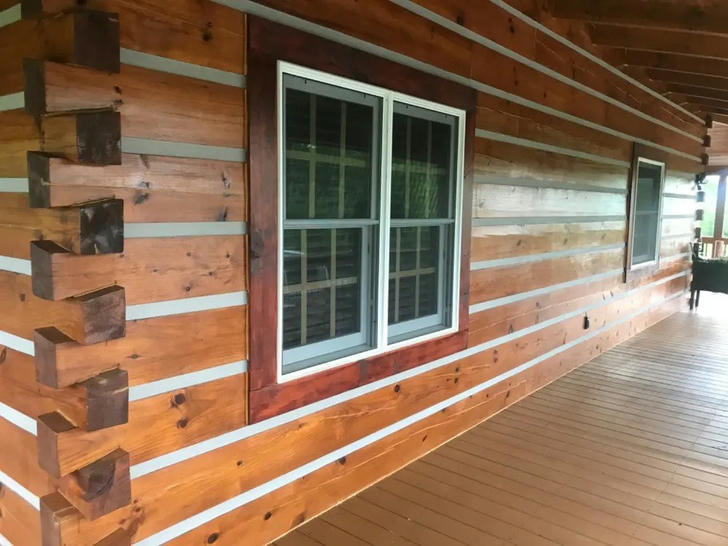
Conclusion: The Future of Log Cabin Maintenance
While traditional maintenance methods like sealing and pest prevention remain important, modern solutions can greatly enhance the longevity and efficiency of log homes.
Key Takeaways:
Use smart moisture management tools to prevent rot before it starts.
Implement fire-resistant upgrades for long-term safety.
Choose eco-friendly and sustainable maintenance options.
Leverage technology to remotely monitor and maintain your cabin.
Upgrade roofing and chinking for better durability and insulation.
By embracing innovative maintenance techniques, log cabin owners can ensure their homes stay beautiful, functional, and resilient for generations to come.
